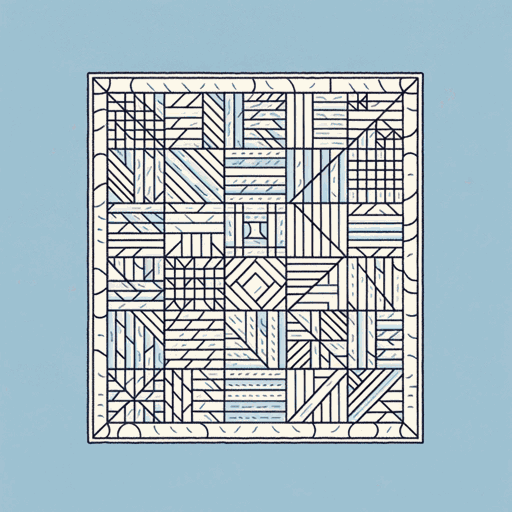24 pages • 48 minutes read
Anna QuindlenA Quilt of a Country
Nonfiction | Essay / Speech | Adult | Published in 2001A modern alternative to SparkNotes and CliffsNotes, SuperSummary offers high-quality Study Guides with detailed chapter summaries and analysis of major themes, characters, and more.
Important Quotes
Content Warning: This section references terrorism, anti-gay violence, and racial and religious prejudice, including Islamophobia.
“America is an improbable idea. A mongrel nation built of ever-changing disparate parts, it is held together by a notion, the notion that all men are created equal, though everyone knows that most men consider themselves better than someone.”
(Paragraph 1)
Quindlen introduces the essay’s central problem/contradiction with a thought-provoking, if not controversial, statement regarding Multiculturalism in the United States. The United States is an unusually diverse country; all that holds it together, she says, is its foundational notion of equality. However, this notion has never fully been actualized—in fact, most people don’t fully believe in equality—raising further questions about how it can function as a binding force.
“That’s because it was built of bits and pieces that seem discordant, like the crazy quilts that have been one of its great folk-art forms, velvet and calico and checks and brocades. Out of many, one. That is the ideal.”
(Paragraph 1)
This passage introduces the titular quilt metaphor. Just like the colorful and clashing fabrics that make up this national art form, the United States comprises diverse groups with varying degrees of peaceful coexistence. Its strength is in its diversity—at least, “that is the ideal.”
“The reality is often quite different, a great national striving consisting frequently of failure. Many of the oft-told stories of the most pluralistic nation on earth are stories not of tolerance, but of bigotry. Slavery and sweatshops, the burning of crosses and the ostracism of the other. Children learn in social-studies class and in the news of the lynching of blacks, the denial of rights to women, the murders of gay men. It is difficult to know how to convince them that this amounts to ‘crown thy good with brotherhood,’ that amid all the failures is something spectacularly successful.”
(Paragraph 2)
Quindlen notes that historically the United States has not lived up to the ideal of equality. Some have viewed diversity and multiculturalism not as a strength, but as sources of fear and unease, even resorting to violence in their attempts to make the nation more homogenous. The author invokes lyrics from the patriotic song “America the Beautiful” to defend the ideal, despite America’s failures in consistently enacting it.
Related Titles
By Anna Quindlen





